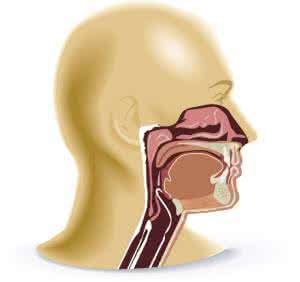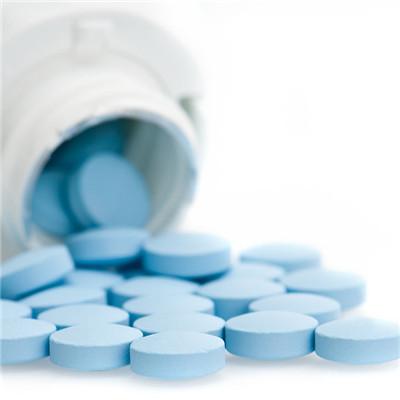Symptoms of inhalation sulfur poisoning?
summary
Sulfur is an important variety of inorganic pesticides. The commodity is yellow solid or powder, with obvious smell and volatilization. Sulfur water suspension is slightly acidic, insoluble in water, slightly soluble in alcohol and easily soluble in organic solvents such as carbon disulfide. It reacts with alkali to form polysulfide. When burning sulfur, it gives off a cyan flame and produces sulfur dioxide gas. It is used to control diseases and insect pests, and sulfur is often processed into suspension. It is safe for human and livestock, and is not easy to cause crop damage. Symptoms of inhalation sulfur poisoning? Let's talk about it
Symptoms of inhalation sulfur poisoning?
The systemic toxic effects of acute hydrogen sulfide poisoning include symptoms of central nervous system, such as headache, dizziness, fatigue, vomiting, coma, etc. Sulfur can also cause conjunctivitis, skin eczema. It has weak irritation to the skin.
Poisoning manifestations: headache, dizziness, tinnitus, palpitation, fatigue, nausea, vomiting, severe abdominal pain, bloody stool, elevated body temperature, ataxia, smelly egg smell in exhaled air. In severe cases, dyspnea, blurred consciousness, pupil narrowing, slow response to light, cyanosis occurred. It can also be complicated with hepatomegaly, jaundice and visual dysfunction. After that, convulsion and coma occurred, and the patient died of central paralysis and respiratory depression.
For those who have long-term contact with over sulfurized traditional Chinese medicine or who are often engaged in sulfurizing traditional Chinese medicine, the mild ones may have symptoms such as redness, eye pain, tears, insomnia, dizziness, vomiting, nausea, fatigue, etc., while the severe ones may have reflex glottic spasm, decreased speaking ability, dysphagia, suffocation, etc.
matters needing attention
In case of inhalation poisoning, let the poisoned person leave the scene quickly to a place with fresh air to keep the respiratory tract unobstructed












